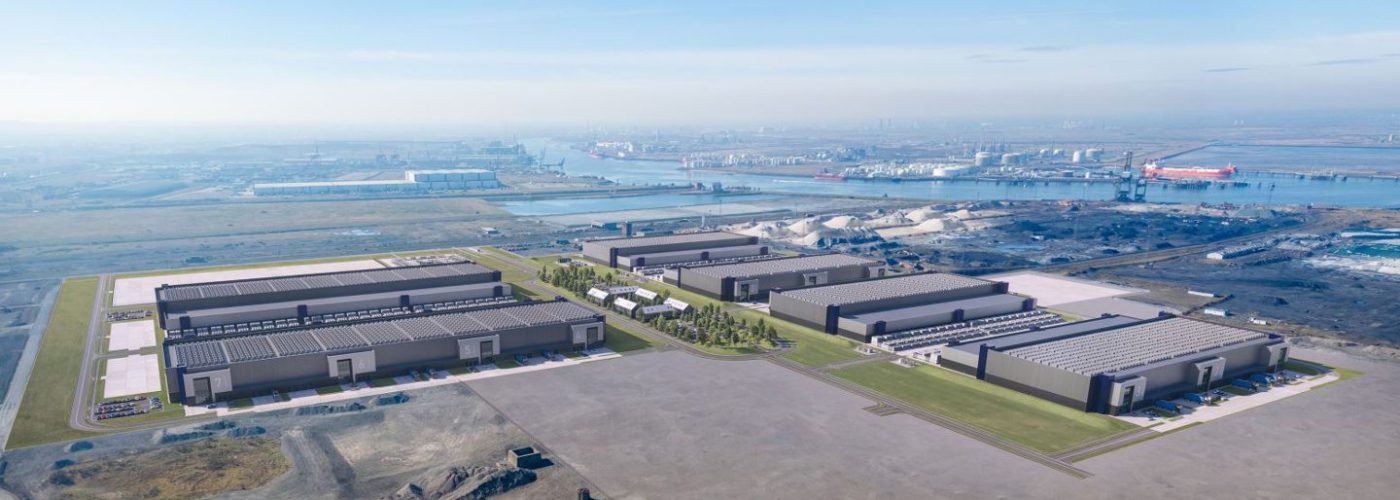Plans are advancing for a major AI data centre development at the Teesworks site in Northeast England, with the UK government aiming to position it as Europe’s largest AI infrastructure hub. But behind the headlines of digital transformation and investment, the project is fast becoming a focal point for debates around sustainability, governance, and planning priorities.
Teesworks Ltd submitted a planning application in June for a proposed hyperscale campus covering nearly 500,000 square metres. The facility would anchor the UK’s second AI Growth Zone, complementing the existing site at Culham in Oxfordshire. The development forms part of the government’s AI Opportunities Action Plan and Compute Roadmap, both designed to increase the UK’s sovereign computing power.
Backed by the Department for Science, Innovation and Technology (DSIT), the project is seen as essential for scaling AI workloads, providing dedicated energy access, and embedding the infrastructure into wider industrial and academic ecosystems. Early interest from leading tech firms suggests strong commercial momentum, with site selection favouring Teesside’s ample brownfield space, utilities access, and regeneration incentives.
Yet the project faces mounting tension from within government and beyond. The Department for Energy Security and Net Zero (DESNZ) has flagged environmental risks, especially around the expected energy draw and water usage of large-scale AI centres. These concerns are amplified by a parallel proposal at the site: BP’s blue hydrogen and carbon capture (CCUS) facility. Local authorities and Teesworks Ltd have previously expressed opposition to the CCUS scheme, citing incompatibility with the data centre plan.
This clash of priorities sets up a critical decision for Energy Secretary Ed Miliband, who is due to rule on the CCUS proposal by 28 August. The outcome could determine whether Teesworks becomes a national flagship for digital infrastructure or encounters prolonged planning conflict.
Adding further complexity, Teesworks has come under scrutiny for its governance practices. A 2024 independent review raised questions about transparency and public value. This led to a best value notice issued in April 2025 and the creation of an improvement board to oversee development and accountability. With public-private collaboration at the core of the site’s ambition, confidence in management practices is crucial.
For the building, design, and construction sector, the Teesworks data centre raises major questions about how future infrastructure projects balance innovation with environmental stewardship. As AI becomes more embedded in everyday systems—from smart cities to automated construction tools—the physical spaces that support this technology must align with broader sustainability goals.
Constructing a site of this scale will demand integrated approaches across civil engineering, energy planning, facilities management, and digital systems architecture. Whether in HVAC systems tailored for server cooling, or sustainable power sourcing to mitigate emissions, design choices made now will influence long-term outcomes for both climate impact and operational resilience.
If approved, the Teesworks campus could offer a blueprint for integrating hyperscale compute infrastructure into post-industrial landscapes. But it also highlights the increasing pressure on developers and public bodies to deliver technological progress without compromising environmental integrity or public trust.
Building, Design & Construction Magazine | The Choice of Industry Professionals





